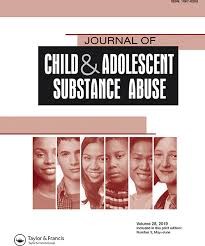The CHILD Intervention for Living Drug-Free Comprehensive Assessment of Risk, Resilience, and Experience (CHILD CARRE) Measure: Initial Findings

This paper summarizes the development and evaluation of an assessment instrument for children ages 7–12. The CHILD CARRE measure is a semi-structured interview with 7 domains. Children from the USA and Argentina (N¼134) completed baseline and follow-up assessments. Substance use occurred at an average age of 8. Almost 33% of the children were taking medications for medical issues, more than 50% of them said that medical problem gets in the way of doing things they like to to do and almost 64% of the children stated that they would like to feel better. On average, children completed third grade in school, 56% of them knew how to read and 26% of the children started making money at age 8. Most children (74%) saw someone drunk or high and 23% of children reported alcohol or psychoactive substance use. Among these children using substances, such substance use occurred at an average age of 8, and in the past 30 days they used these substances an average for 5 days. The rating of level of risk on the part of the interviewer placed these children in the “risky” to “very risky” categories. Most children reported seeing their family members smoking (83%) or using alcohol (67%), and 49% reported seeing their family members high on drugs. Few children (10%) had conflicts with the law, while 46% of their family members had legal problems. Some children (30%) reported having serious problems getting along with family members, neighbors, or friends. These results suggest that this measure can serve as the first comprehensive measure to assess multiple life domains for young children at risk for or using psychoactive substances.